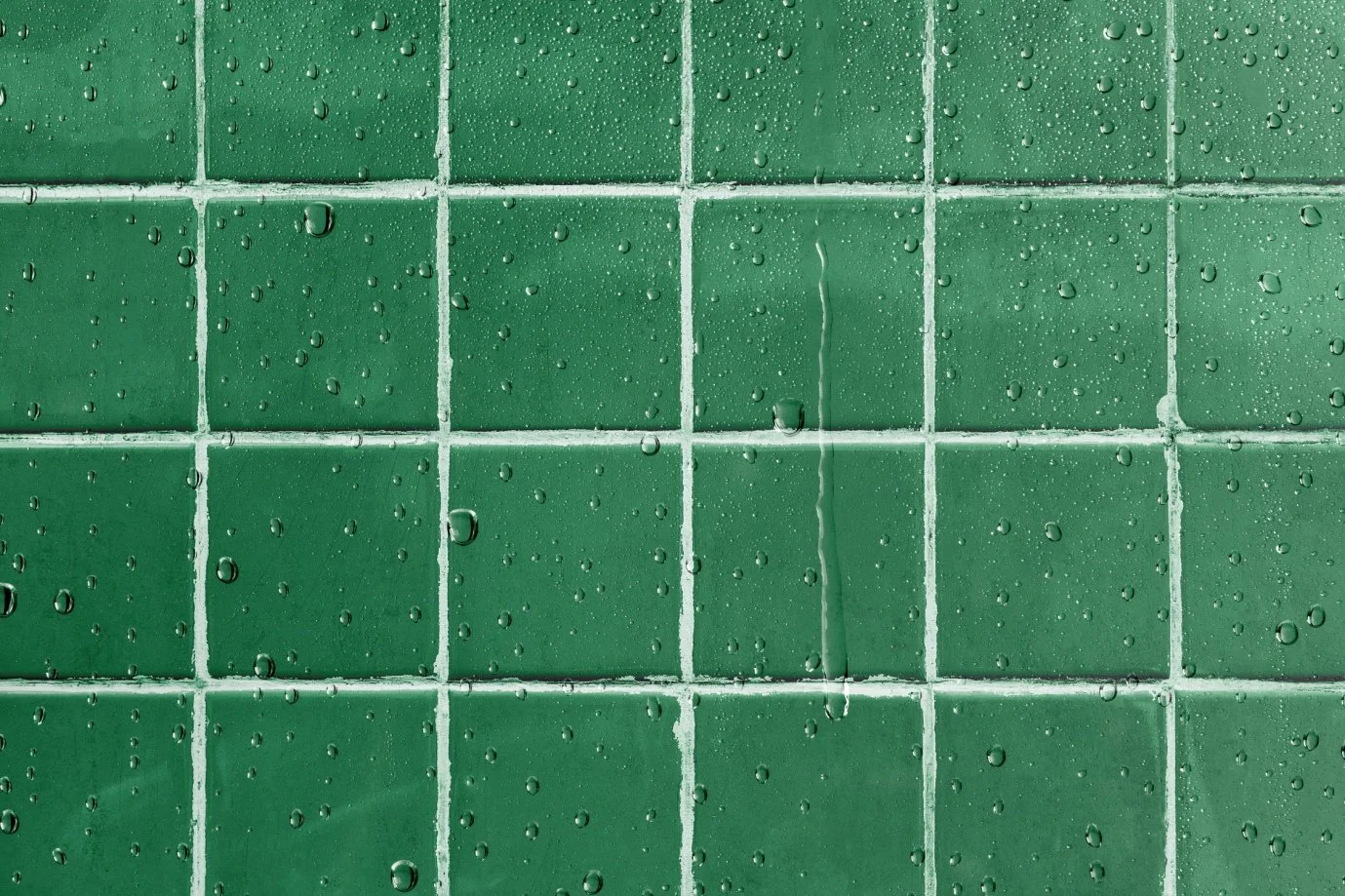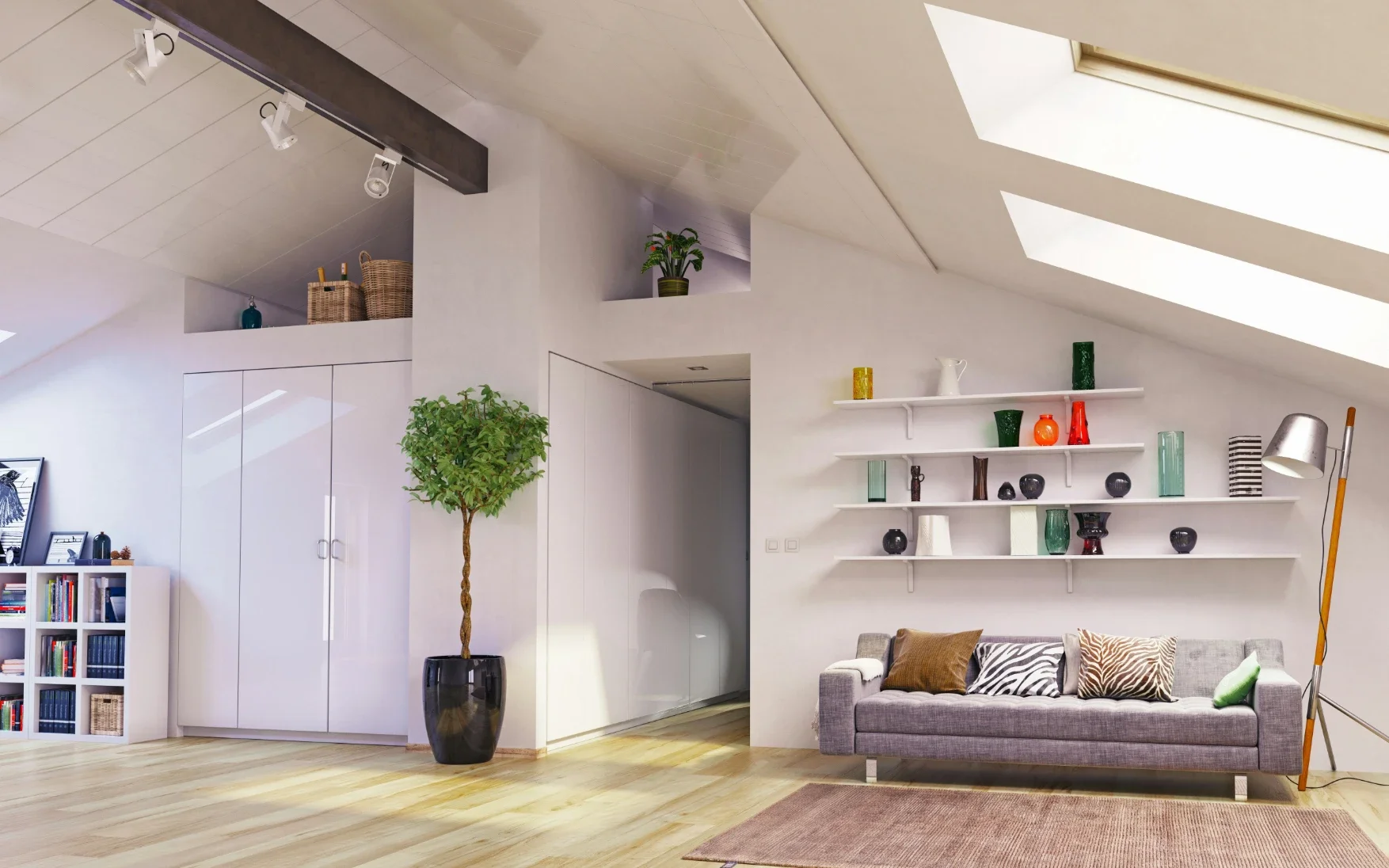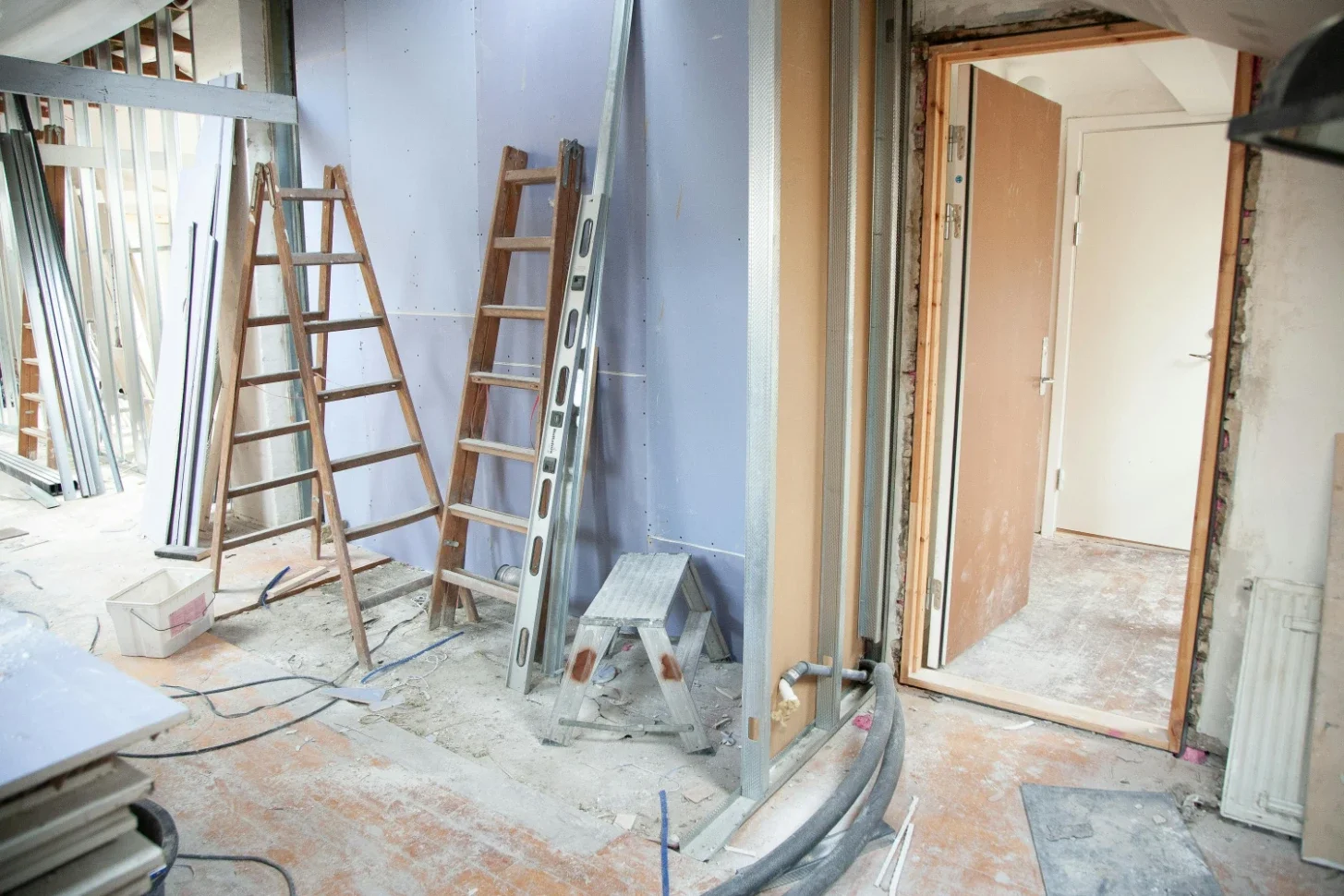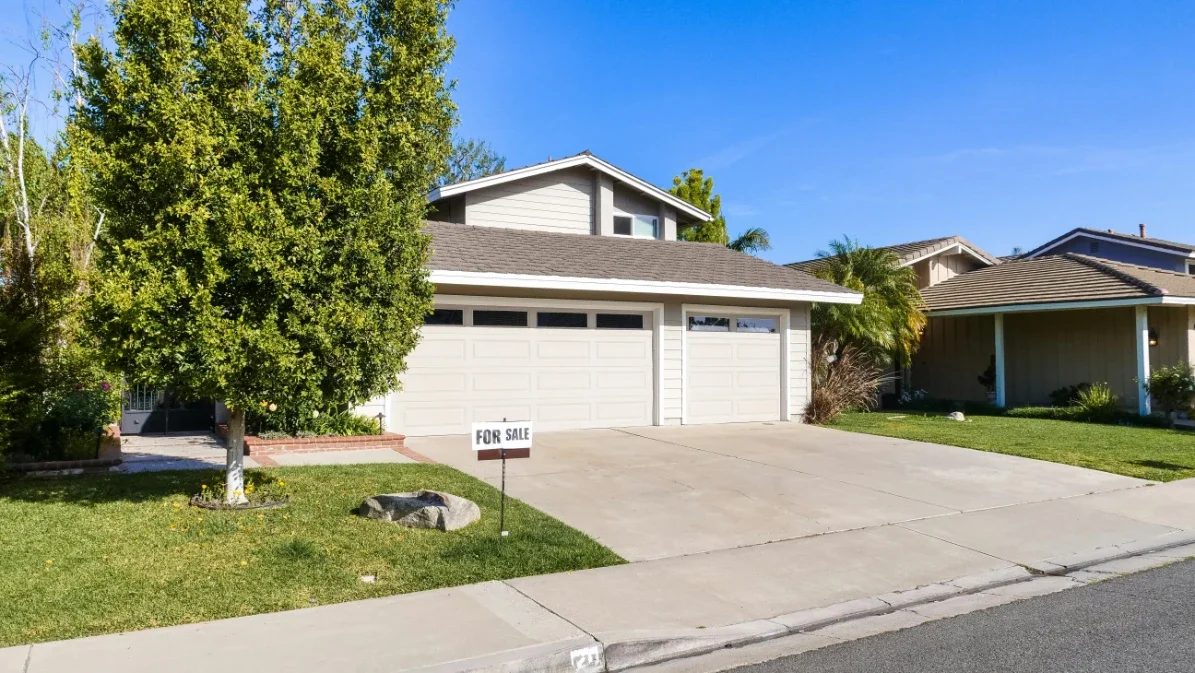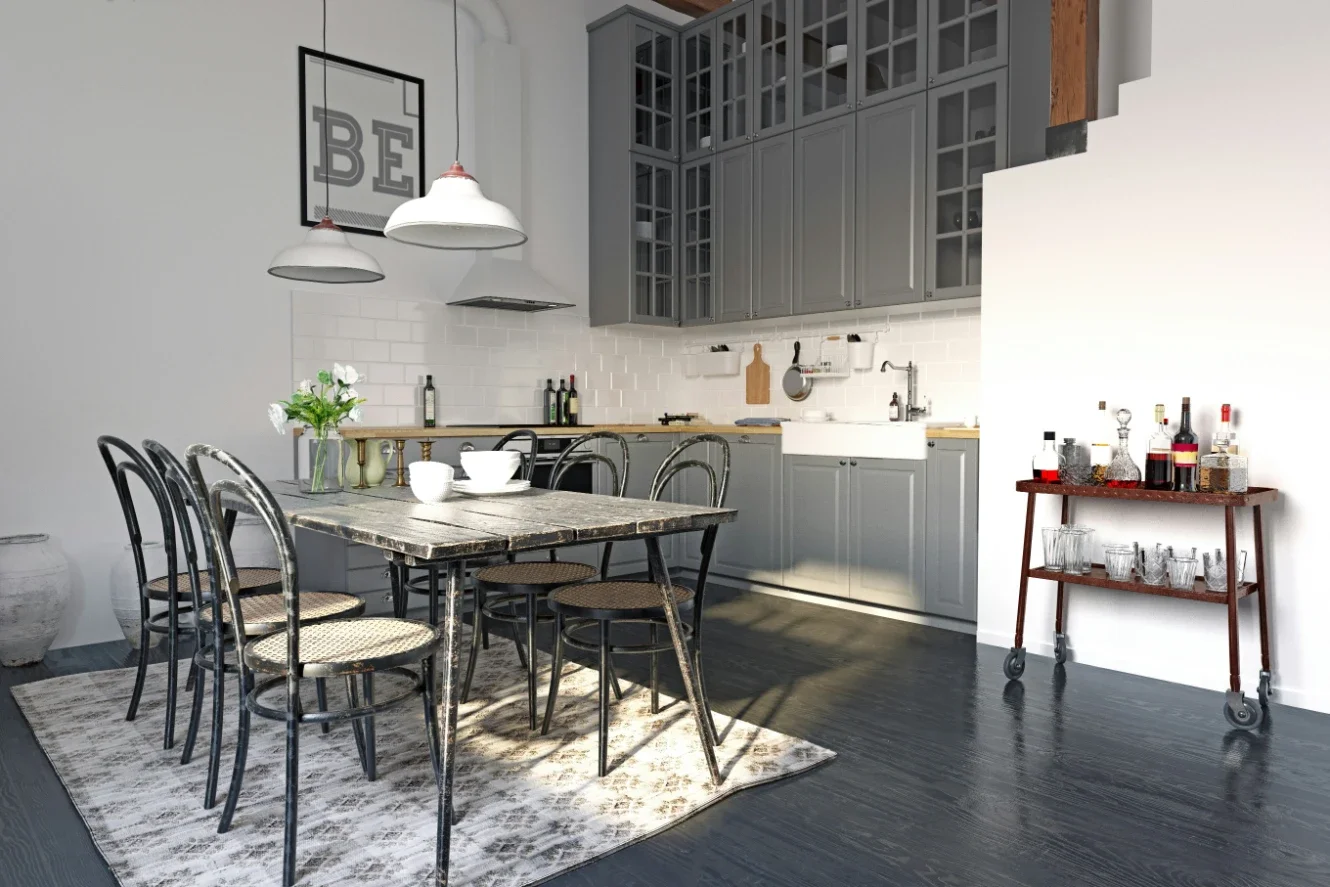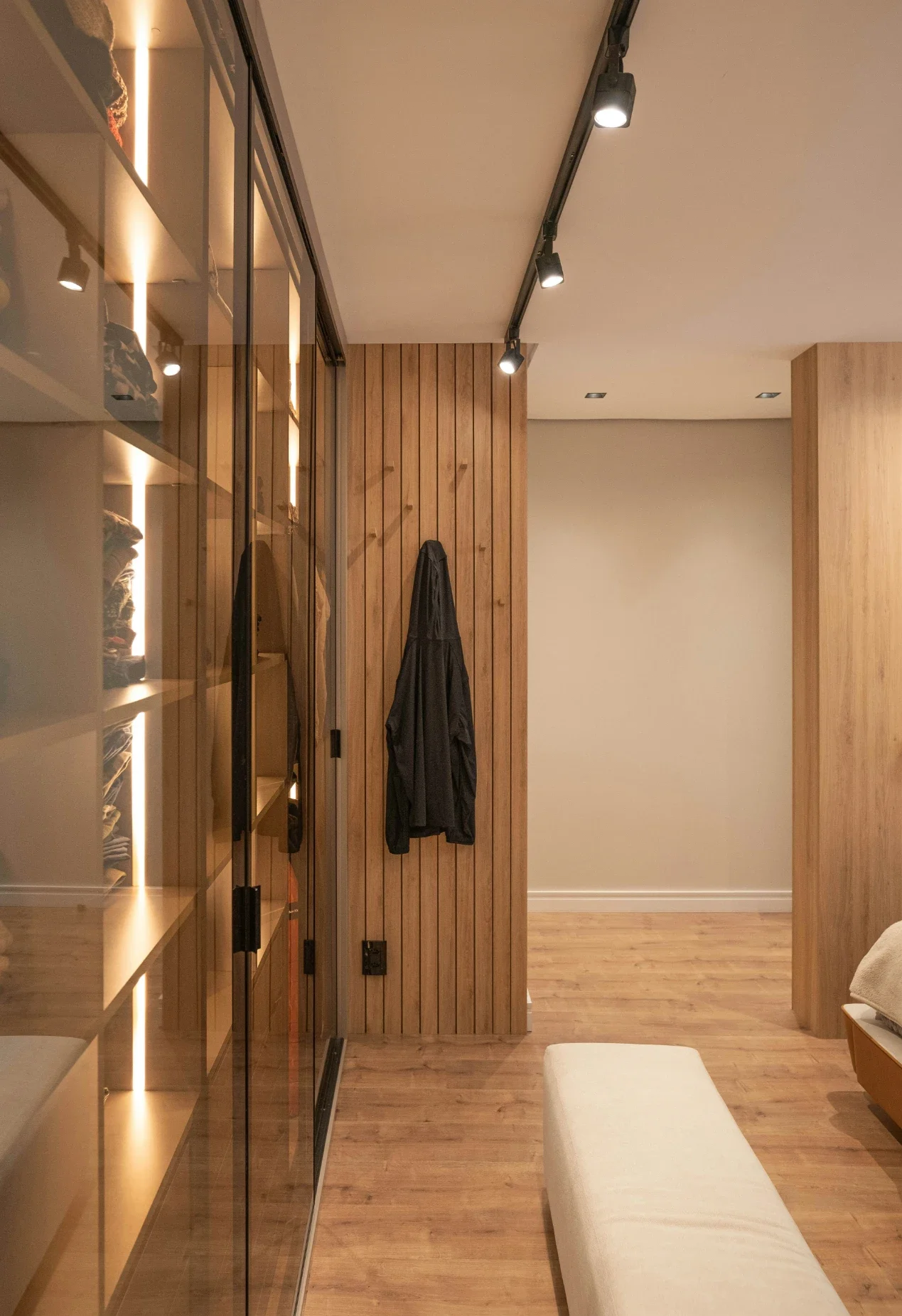Green Tile Is Everywhere—Here’s How to Use It
Green tile is trending—discover stylish ways to incorporate it into your kitchen, bathroom, or living space for a fresh, modern look.
Green tile is becoming one of the most popular choices in home design. From soft, light greens to rich emerald and deep forest tones, this colour is showing up in many places kitchens, bathrooms, fireplace walls, and even floors. Green tile can be bold or calm, modern or traditional. No matter how it’s used, it brings a fresh and lively touch to any space.
Some people might think green is a difficult colour to work with, but it’s quite the opposite. Green is connected to nature, so it has a calming and peaceful effect. This natural feeling helps make a space feel more welcoming and relaxed. A green bathroom tile can capture this essence beautifully. At the same time, it can be used in exciting and dramatic ways, too. It all depends on the shade, tile shape, and how you use it.
If you’re thinking about adding green tile to your home, here are some helpful tips to guide you. These ideas will help you create a beautiful space, whether you want something simple or bold.
1. Choose the Right Shape for Your Style
The shape of the tile you choose matters just as much as the colour. Green tile is very flexible—it looks good in many shapes and patterns. Some people like large rectangular tiles for a modern look, while others prefer small square or round tiles for a more classic feel.
One popular style right now is the straight-line pattern. Tiles are stacked in neat rows, either horizontally or vertically, to give a clean and modern look. Vertical rows, especially, can make a wall feel taller, which works great in smaller bathrooms or kitchens.
If you’re aiming for a vintage or traditional look, consider using penny tiles or small mosaic tiles in green. These look charming on shower floors or as a border around a mirror or wall. If you want just a small touch of colour, a green tile border can go a long way without being too much.
2. Pick the Perfect Shade of Green
There are so many shades of green to choose from—each giving a different feel. Light greens like sage or mint feel soft and calming, making them perfect for bathrooms or bedrooms. Medium tones like olive or moss feel cosy and natural. Deep shades like emerald or forest green add a rich, dramatic look, especially when used on large surfaces.
If you like colour but don’t want something too bold, a soft green is a great place to start. On the other hand, if you want to make a statement, try using darker greens on walls or fireplaces.
You can also mix different shades of green for an interesting look. Some tiles even have colour variation built in, where each tile is a little different from the next. This creates a more handmade, textured appearance and makes the wall feel more artistic and alive.
3. Match the Green Tile with Other Colours
When using green tile, it’s important to think about the other colours in the room. Green pairs well with many other shades, including white, cream, grey, gold, brown, and even deep blues or pinks. You can match it with soft neutral tones for a peaceful look, or with bold colours for something more playful or dramatic.
For a simple but stylish space, keep your other elements neutral and let the green tile be the star. If you want a more creative look, you can add colourful wallpaper, bold furniture, or patterned fabrics to go along with the tile.
4. Don’t Be Afraid to Go Bold
While green can be calm and subtle, it can also be bold and exciting. If you love colour and want to make a strong statement, go all out. Tile an entire wall in green, or create a floor-to-ceiling tile feature behind your bathtub or in your kitchen.
In bathrooms, large green tile areas can make the space feel like a peaceful spa. A full wall of green behind a tub or shower can create a beautiful and relaxing focal point. It brings a sense of luxury and comfort.
In kitchens, green tile can create a garden-like feel—especially when paired with wooden cabinets, brass fixtures, or lots of plants. You can use it on the backsplash behind the stove or sink, or even tile an entire wall for extra impact. Green tile brings a warm, natural energy to kitchen spaces that feels both modern and timeless.
5. Think About Texture and Finish
Tile isn’t just about colour—it also adds texture to a room. Depending on the material and finish, green tile can look smooth and glossy, soft and matte, or even rough and handmade.
Glossy tiles reflect light and can make a space feel brighter. These are great for walls, especially in areas with natural light. Textured or uneven finishes give the tile more character and a handcrafted look.
However, not all finishes work in every space. For example, in bathrooms or mudrooms, it’s best to avoid shiny tiles on the floor, as they can get slippery. A matte finish or slightly rough surface is a safer option for wet floors.
6. Start Small if You’re Unsure
If you’re nervous about using green tile, start small. You don’t have to cover an entire room in tile. Begin with a small backsplash, a strip behind a sink, or a few tiles around a mirror. See how you feel about the colour, and build from there.
In Conclusion
Green tile is a wonderful way to add beauty, colour, and personality to your home. Whether you want something peaceful or bold, classic or modern, green tile offers endless possibilities. It works well in every room—from bathrooms and kitchens to fireplaces and entryways. With the right shade, shape, and finish, green tile can help you create a space that feels special, natural, and truly your own.
If you're ready to refresh your home, green tile might just be the perfect place to start.
